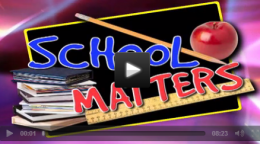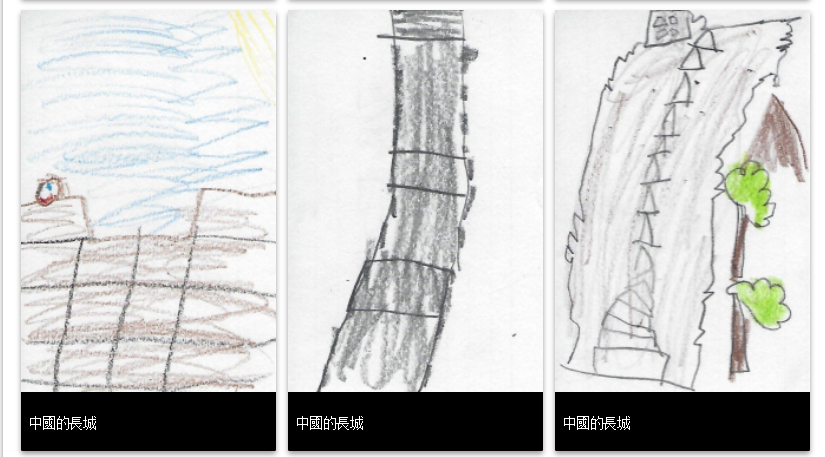This lesson is for : Grade 11:
Summary
During this project students conduct original research on a topic in the fields of Education, Psychology, Current Events or the Social Sciences. Each student develops original research questions, find and analyze sources based on the questions, and writes a critical research paper based on their learning. This research, along with feedback and reflection occurring during the process, will support their creation of a 10 minute “TED Talk” style presentation (Technology, Entertainment & Design), which is performed in the school’s auditorium, in front of students, instructors, parents and guests. The goal of the TED Talk is to communicate the students research to a diverse group of learners in an informative and engaging manner. Finally, students will reflect upon the videos of their TED Talk and critique themselves and one another. In an extension of the learning experience, three students delivered their TED Talks as presenters at the 2015 MERC (Metropolitan Educational Research Consortium) conference at VCU.
TIPC Ratings
Research & Information Fluency
Rating: Ideal – Explanation: Students assemble and synthesize information in the form of scholarly journals and other credible research, to answer their own, independent research questions generated based on their topics and situated interest. This information is presented in a live presentation using diverse media, and recordings of these presentations are provided digitally, so that they may be shared with other students and people outside of the classroom. The teacher evaluates their research at each step, models research strategies, demonstrates source selection methods and encourages student reflection throughout the process. At the end, students reflect upon the quality of their research and their ability to answer their own questions.
Communication & Collaboration
Rating: Ideal – Explanation: Students choose their own tools to communicate with peers (both in their own classroom and in others within the school), experts (through instructor-invited guests during the talks), and community members (parents, school division personnel and outside faculty/staff are invited to the talks). Students collaborate and provide one another with feedback throughout the process, assessing the brainstorming, peer reviewing sources, peer editing papers, and providing feedback on individual’s talks after live presentations and video analysis. Students reflect on their own ability as communicators of their topic, as well as provide feedback for the effectiveness of one another’s work.
Critical Thinking & Problem Solving
Rating: Ideal – Explanation: The students generate and respond to their own questions, design their own presentation to communicate their ideas, and select the appropriate tools to be incorporated within the presentation and during the research process. The task of presenting in front of a large group alone is a difficult and intimidating problem for many students, and they are allowed to structure their development to meet this goal in many ways. Students also work on logistics such as presentation order, event schedules, community invites, presentation tools to be used during the talks, and stage/set design that will best highlight their work.
Creativity & Innovation
Rating: Ideal – Explanation: Students create original and meaningful work in the form of the TED Talk, and synthesize existing (through research and self-generated knowledge (through experience, inference and synthesis) to go beyond the assignment parameters. Students are encourage to take risks during their presentation in the form of structure, visuals, content, performance and style. After the assignment students reflect with the instructor, in groups and independently on their effectiveness, and make recommendations for “next steps” for themselves as presenters.







